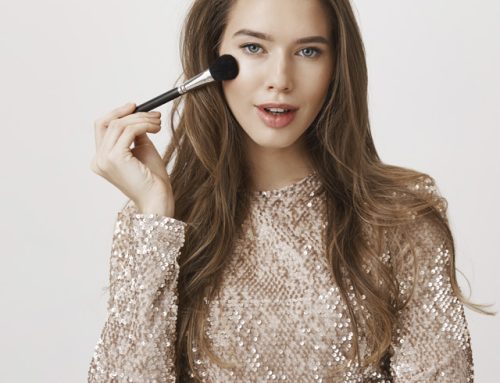Exhausted by the increasing cost of living in the UK and constant online advertisements

Many young adults on TikTok are embracing a new trend known as “minimalism core,” which advocates for more frugal lifestyles and emphasizes quality over quantity.
“When every aspect of your life feels like a sales pitch and prices keep climbing, people naturally start to resist spending,” said Jessica Hill, a financial educator and content creator.
Social media has traditionally celebrated picture-perfect homes, extensive wardrobes, and an abundance of beauty products. However, a new movement is gaining momentum—encouraging minimalism, repurposing items, and prioritizing sustainability. This trend, termed “minimalism core,” is a reaction to the excess and consumerism that dominate platforms like Instagram and TikTok.
“When you see countless TikTok videos of people showcasing collections of luxury items, you feel pressured to keep up,” said Hill, who frequently shares tips on repurposing everyday items.
Rising Consumer Fatigue
A TikTok video with over 100,000 views from the user earthloveruk criticized the culture of overconsumption often seen on social media, stating, “I spent money I didn’t have on things I didn’t need.”
Another account, livingwithless, highlighted what “normal” consumption can look like: second-hand furniture, a simple wardrobe, upcycled decor, meal prepping, and a downsized skincare routine.
Despite the financial struggles many Gen Z and millennials face, the UK economy is performing well, with record corporate profits and high prices in stores. This dynamic creates a sense of disconnection for consumers during times of economic and geopolitical uncertainty, explained culture and consumer analyst Nadia Patel. She noted that Buy Now, Pay Later (BNPL) plans, widely used by young adults, exacerbate spending and distort perceptions of wealth. However, years of inflation have led many to realize they can’t sustain the spending habits they see on social media.
Google Trends data shows searches for “minimalism” in the UK reached a peak this summer, alongside inquiries about “overproduction” and “economic downturn.”
Some young adults have developed a “compulsive behavior to spend down to their last pound on a fashion item,” said UK-based influencer Sarah Collins, who recently posted a “minimalism core” video showing her repairing old clothes. This behavior is linked to societal pressure “to define ourselves through possessions,” Collins added.
In contrast, “minimalism core” diverges from typical trends promoted by influencers, who often push a constantly evolving shopping guide that aligns with the latest aesthetic, according to Collins. Both she and Patel believe this shift also signals a growing demand for authenticity from content creators.
Now, “conserving is cool,” said Patel—”we observed similar trends after the 2008 financial crisis.” Over 50% of Gen Z adults, aged 18 to 27, surveyed by the Bank of England in 2024, cited the high cost of living as a major barrier to financial success, noting that many don’t earn enough to achieve their desired lifestyle.
Sustainability in Focus
“The rise of the ’minimalism’ trend on social media reflects Gen Z’s effort to stretch their finances while being environmentally conscious,” said Laura Roberts, head of consumer insights at the Bank of England.
Although younger generations are keen on making sustainable choices, their financial limitations often dictate their actions.
“Let’s be real—no one is going to overhaul the economy for sustainability. That’s not the world we live in… The motivation for these behaviors has always been financial,” Collins noted. However, she believes that “minimalism” trends offer the most accessible path to sustainability for those who seek it. The core message is straightforward: “Buy less, buy smarter.”
Low-consumption, brick-and-mortar initiatives are also attracting a diverse range of participants across generations.
Sophia Greene, 42, attended a “Mending Basics” workshop in Camden, London, hoping to learn new skills. She brought along her seven-year-old daughter, Emma, aiming not only to nurture her creativity but also to teach her “the value of our possessions and the effort that goes into maintaining them.”





